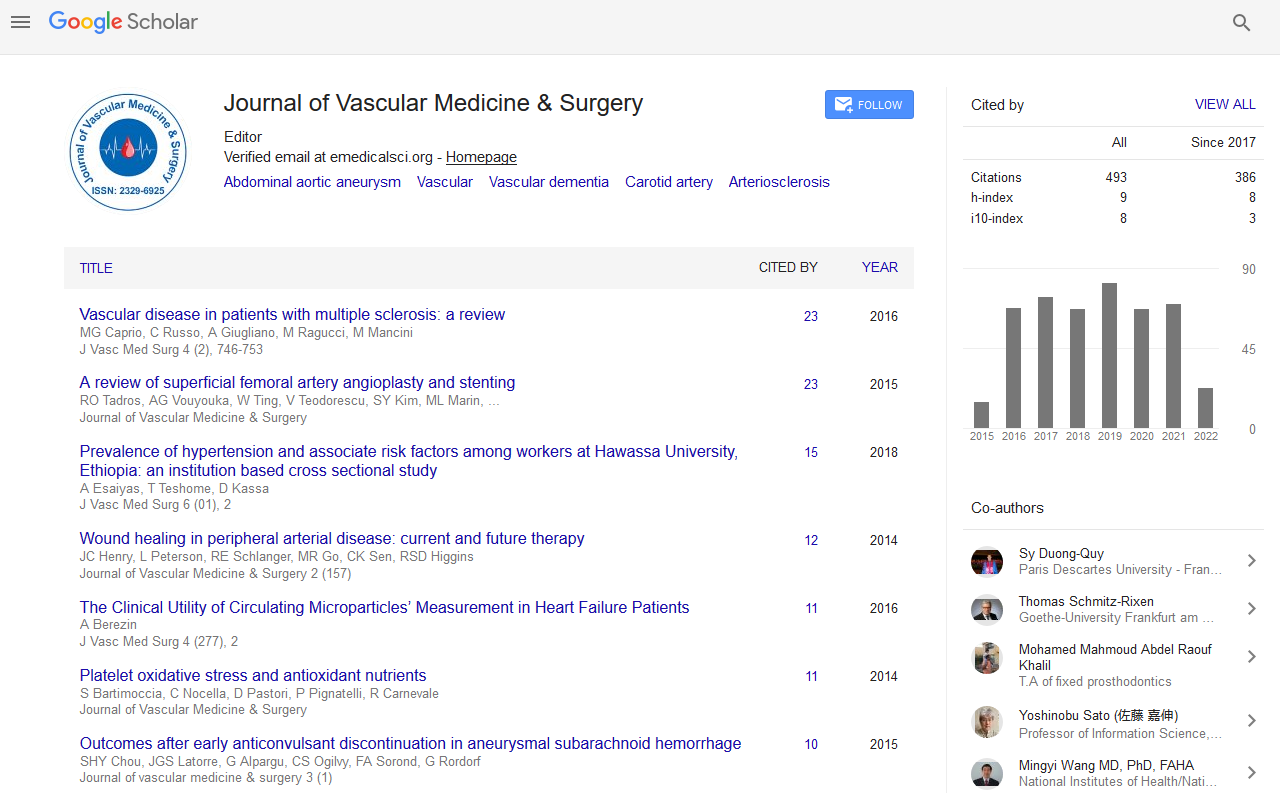Indexed In
- Open J Gate
- Academic Keys
- RefSeek
- Hamdard University
- EBSCO A-Z
- OCLC- WorldCat
- Publons
- Euro Pub
- Google Scholar
Useful Links
Share This Page
Journal Flyer

Open Access Journals
- Agri and Aquaculture
- Biochemistry
- Bioinformatics & Systems Biology
- Business & Management
- Chemistry
- Clinical Sciences
- Engineering
- Food & Nutrition
- General Science
- Genetics & Molecular Biology
- Immunology & Microbiology
- Medical Sciences
- Neuroscience & Psychology
- Nursing & Health Care
- Pharmaceutical Sciences
Abstract
Automated Lung Cancer Detection a Comparison amongst Physicians: A Literature Review
Kaviya Sathyakumar, Michael Munoz, Snehal Bansod, Jaikaran Singh, Jasmin Hundal and B Benson A. Babu*
Introduction: Lung cancer is the number one cause of cancer-related deaths in the United States as well as worldwide. Radiologists and physicians experience heavy daily workloads thus are at high risk for burn-out. To alleviate this burden, this literature review compares the performance of four different AI models in lung nodule cancer detection, as well as their performance to physicians/radiologists.
Methods: 648 articles were extracted from 2008 to 2019. 4/648 articles were selected. Inclusion criteria: 18-65 years old, CT chest scans, lung nodule, lung cancer, deep learning, ensemble and classic methods. Exclusion criteria: age greater than 65 years old, PET hybrid scans, CXR and genomics. Outcomes analysis: Sensitivity, specificity, accuracy, sensitivity-specificity ROC curve, Area under the curve (AUC). Data bases: PubMed/MEDLINE, EMBASE, Cochrane library, Google Scholar, Web of science, IEEEXplore, DBLP.
Conclusion: Hybrid Deep-learning architecture is state-of-the-art architecture, with a high-performance accuracy and low false-positive reports. Future studies, comparing each model accuracy in depth, would be valuable. Automated physician-assist systems such as this hybrid architecture, may help preserve a high-quality doctor-patient relationship and reduce physician burn out.
Published Date: 2021-02-24; Received Date: 2021-02-03


